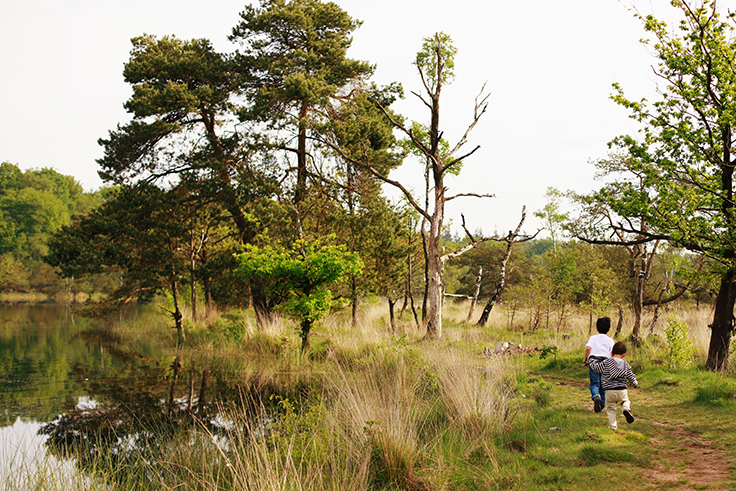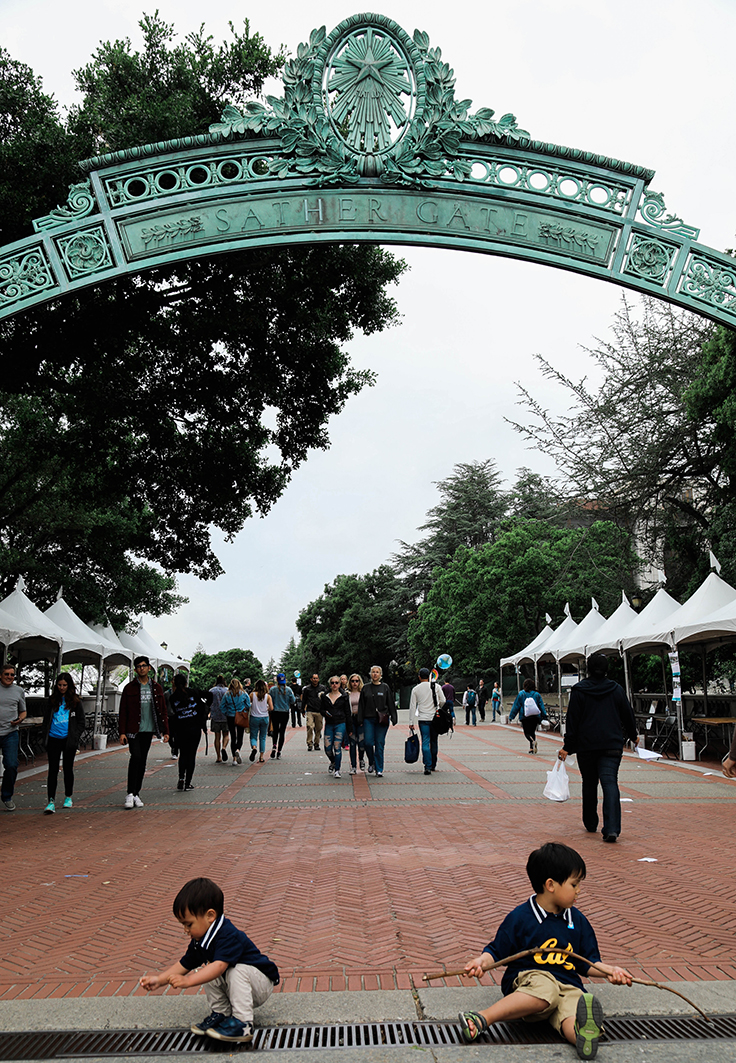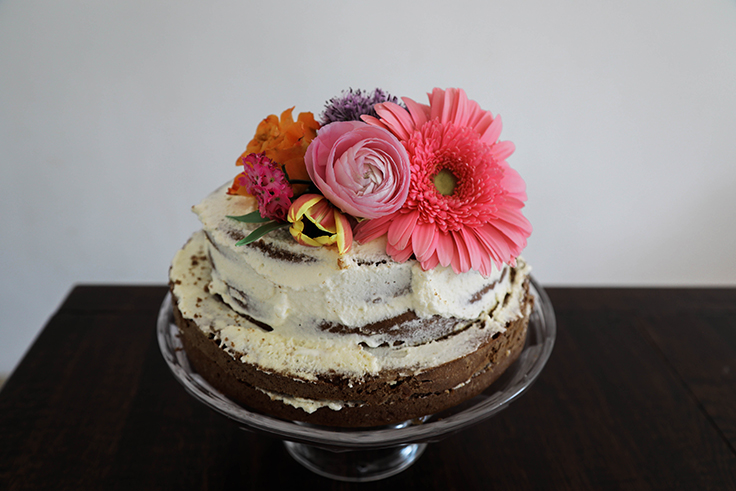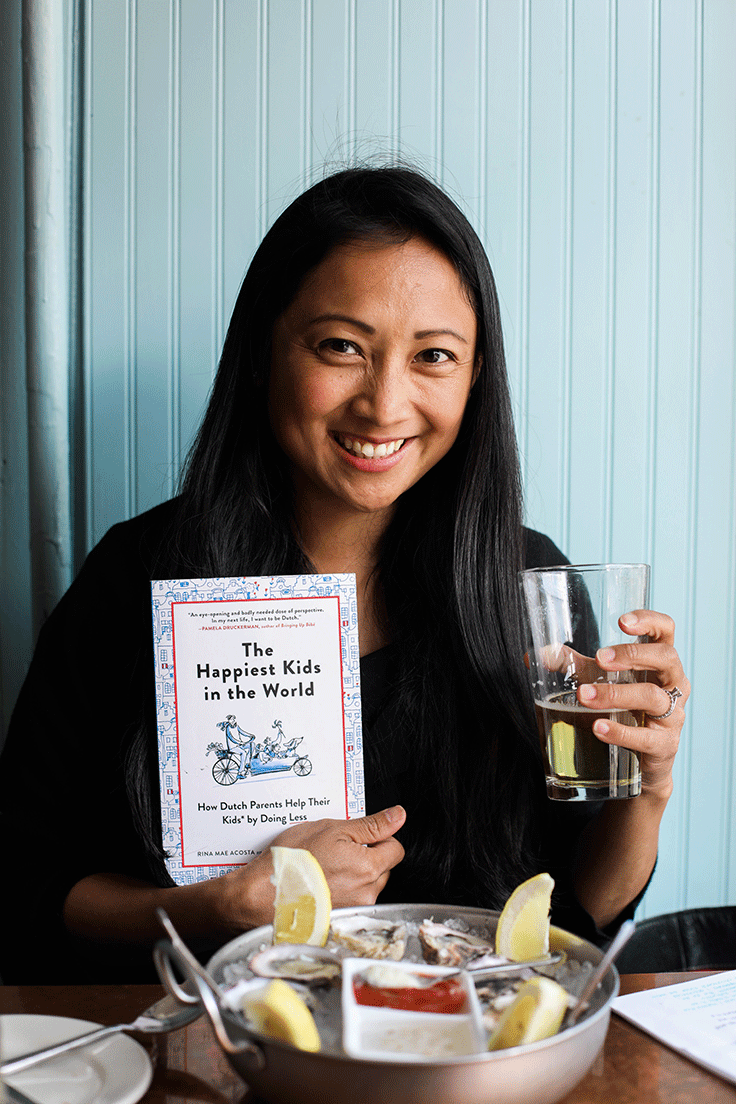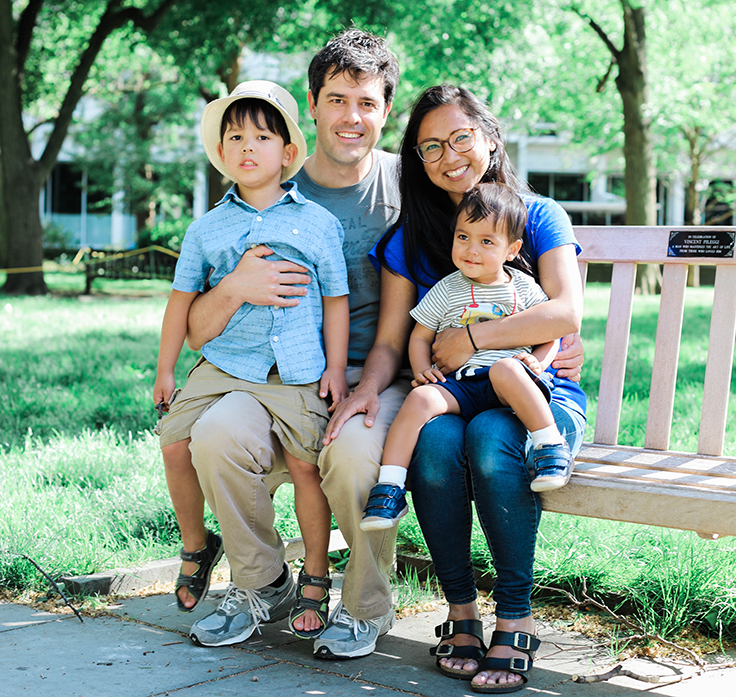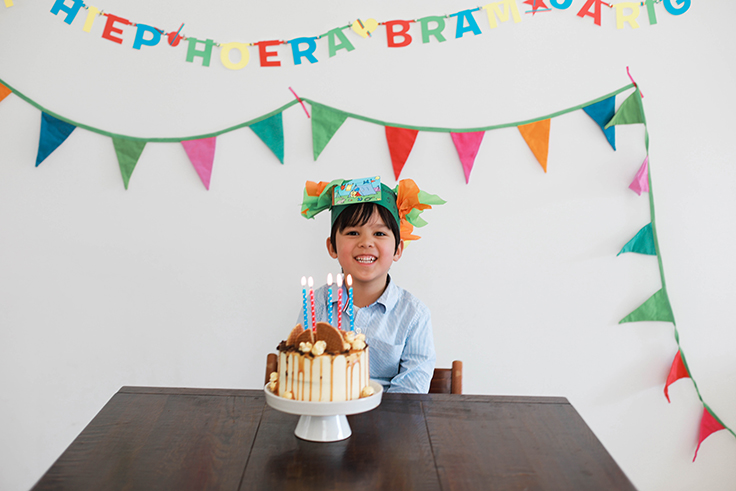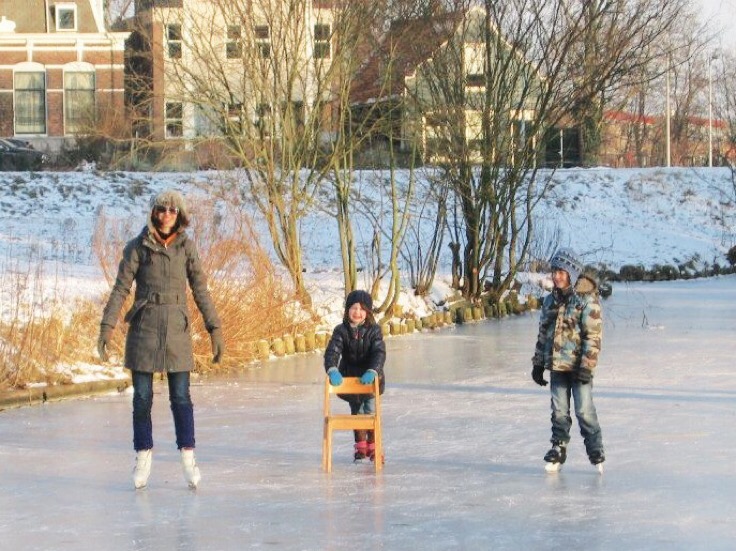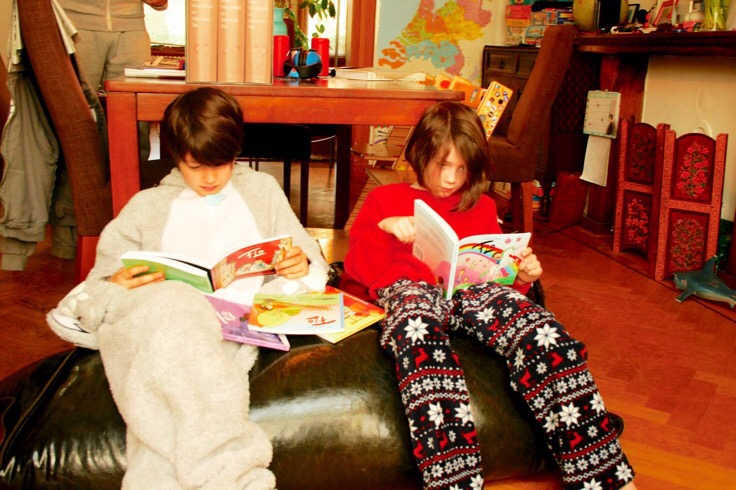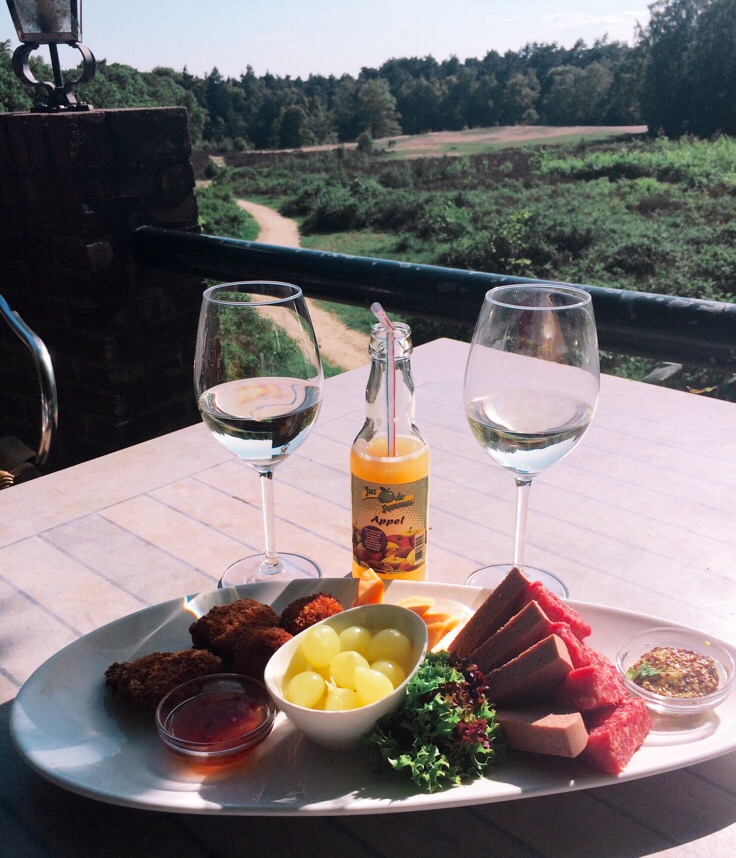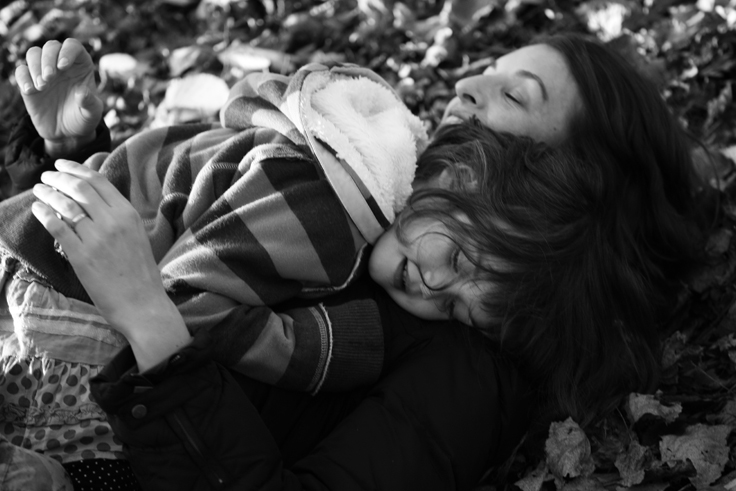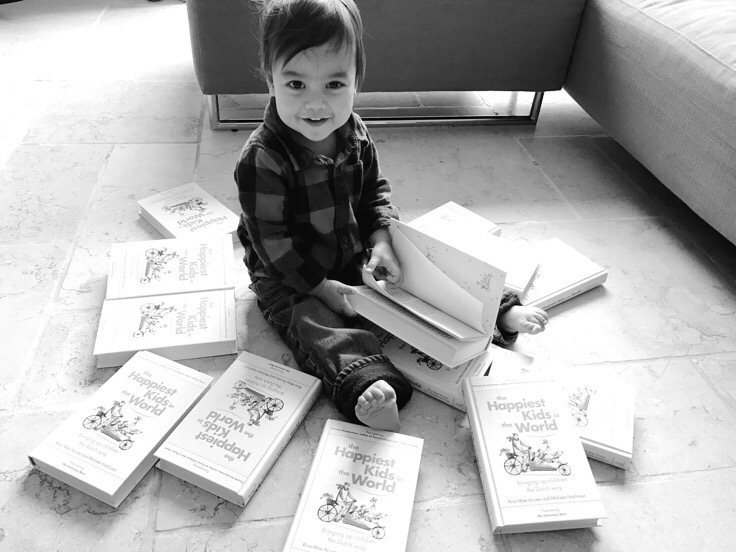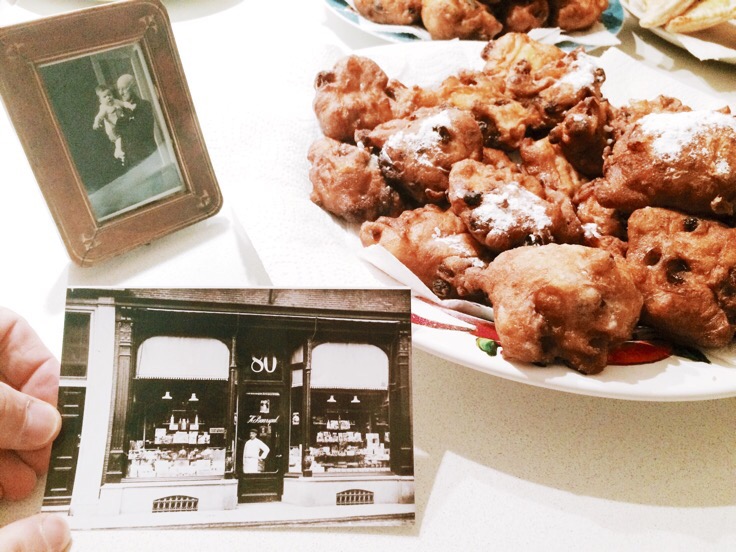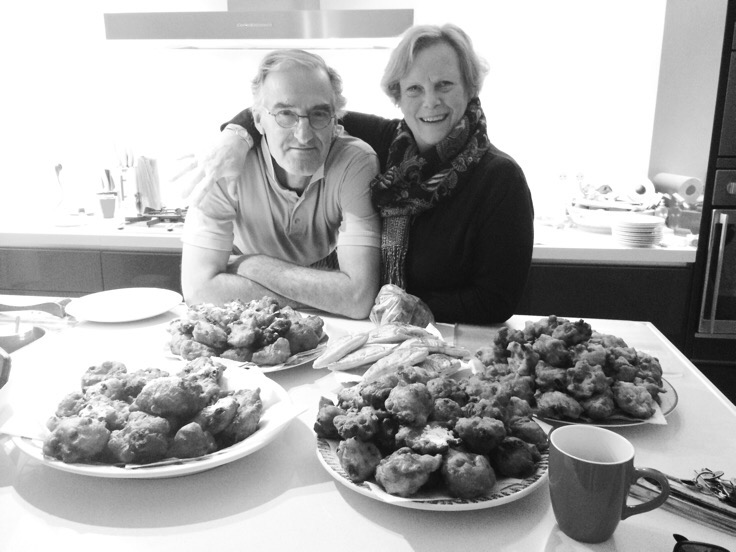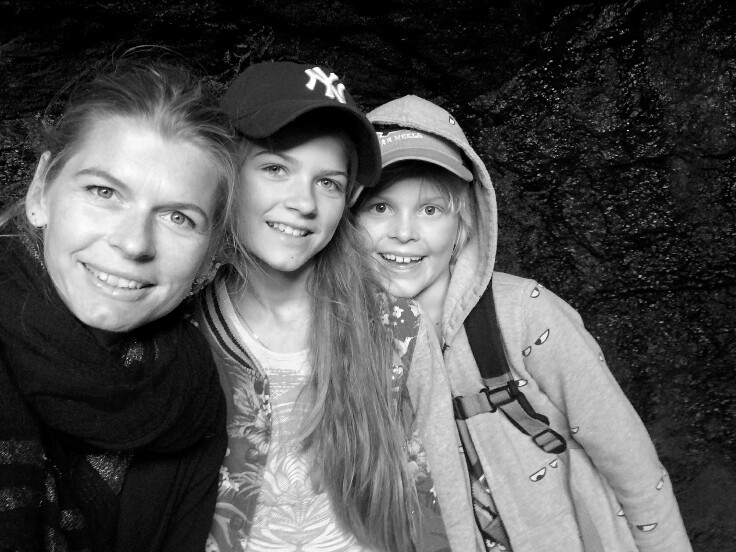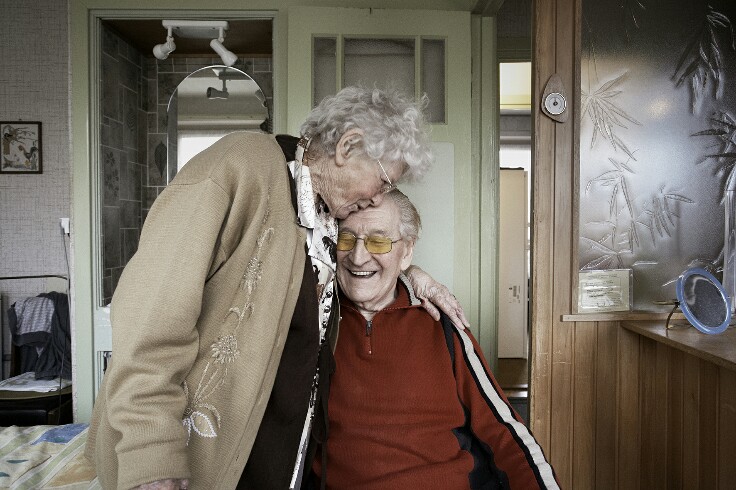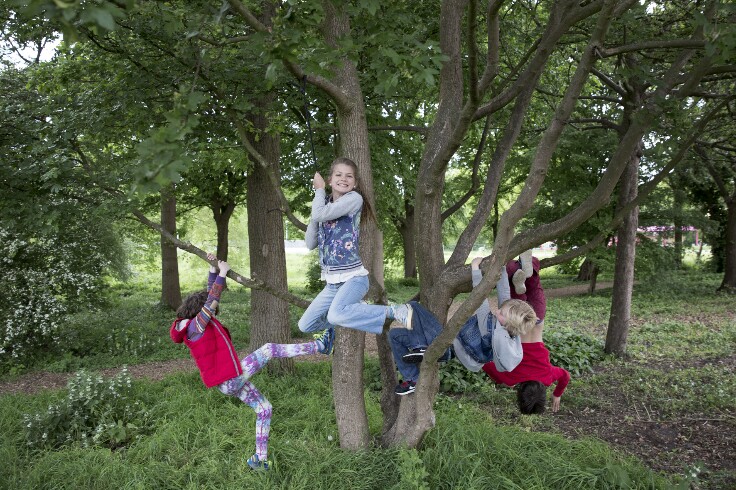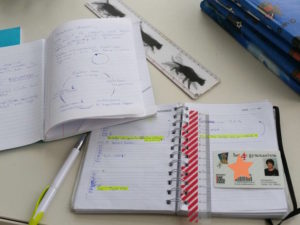There is nothing like the anticipation of a new baby and the Fourth of July that inspires an American immigrant in Holland like me to do some soul-searching and re-evaluation of life choices. My Dutch husband and I even entertained the idea of moving back to the United States. And as much as I was homesick (thanks pregnancy hormones), to my surprise, I hesitated. I’ve fallen in love with life in this obscure Northern Western European country.
I’m proud to be an American. I am aware of the price paid for the privilege of possessing an American passport: my parents left the Philippines to pursue the conventional promise of material success and a meritocracy. I’m also a firm believer that one can be profoundly affected by the current horrors experienced in America while also remaining hopeful that things can change for the better.
And if there’s anything I learned from life in general, it is to think critically, advocate for improvement and provide some alternative solutions to accomplish it. So in the spirit of America’s birthday, here are some aspects of Dutch life that may inspire my fellow Americans to help live their best life:
An Effective Model Healthcare System
According to the most recent ranking of healthcare systems conducted by the Commonwealth Fund, the Netherlands is among the top three countries for healthcare. Ironically, the United States government and people spend considerably the most, ranks at the very bottom. One can thank a lack of insurance coverage, administrative inefficiency, and underperforming primary care as the reasons why U.S. healthcare is a hot mess.
As someone who hasn’t had the best of luck when it comes to health (hello high-risk pregnancy number 3!), there is a lot of comfort and security living in a country that provides compassionate and affordable healthcare on the premise of universal health care coverage.
A bonus: nowhere in the world is there anything like the Dutch postpartum maternity system (kraamverzorgsters). There are similar programs in the United Kingdom and Germany, but none go as far as nurturing the postpartum mother in need of tender, love, and care. Not only do they monitor the physical well-being of mother and child, but they also help with light household chores, take care of older children, and prepare meals.
A Safe Learning Environment for All Children
A popular book circulating among my American mommy friends is “I’m Not Scared, I’m Prepared” by Julia Cook. It’s about what a child should do if a “dangerous someone” is in their school. I may not have grown up in a stereotypical all-American home (read = immigrant Filipino family) but even I know this cannot be the new normal. Schools should be a safe, nurturing place for children to learn, to explore and to make friends. The biggest concern my Dutch-American six-year-old has is who his playdate will be after school.
Work-Life Balance
There’s this pervasive idea in America that work-life balance is a myth and that being “busy and stressed out” is not only socially acceptable, but a status symbol to aspire to and a sign that you’re winning at adulting. Yet the Netherlands, a country that is the fourth most competitive in the world according to World Economic Forum, doesn’t buy into that unhealthy, soul-crushing status quo. Over on this side of the pond, the Dutch believe that a healthy balance between work and life is not only possible but should be normal. The Dutch are proud to work the least amount of hours on the planet and still accomplish an enviable high quality of life.
In an article in parents.com, Tina Fey said, “The ideal situation for a parent is one that no one has—having a fulfilling job that requires you to work three days a week. It’s better for the parents because they get to spend time with the children and also have a source of pride and achievement—and income—outside the home.” Ms. Fey, I guarantee you that this does exist. Millions of people in the Netherlands are living this reality.
A Less Commercial, Status Conscious Lifestyle
Perhaps the most refreshing aspect of living in Holland is that there is much more focus on being part of a community, of belonging, and less emphasis on status and material success. It’s about enjoying a borrel (Dutch happy hour) after work with friends and colleagues, volunteering at the local sports clubs and schools, eating breakfast and dinner as a family regularly, going out for walks in nature, and making time for yourself to do whatever you please. And as I’ve learned recently when I ended up spontaneously having coffee with ten other school parents in the local café, it’s also about simply showing up and being part of the village.


